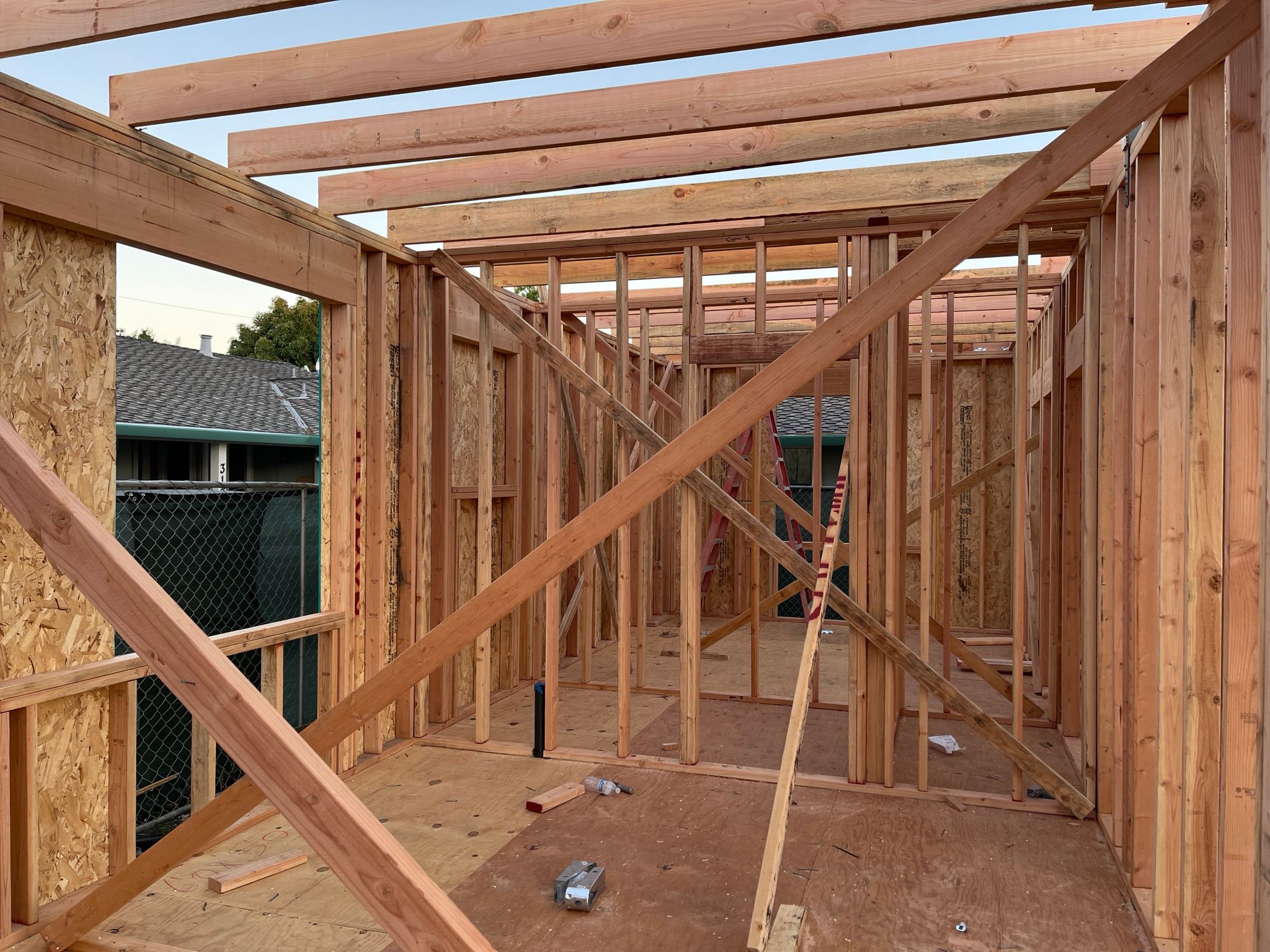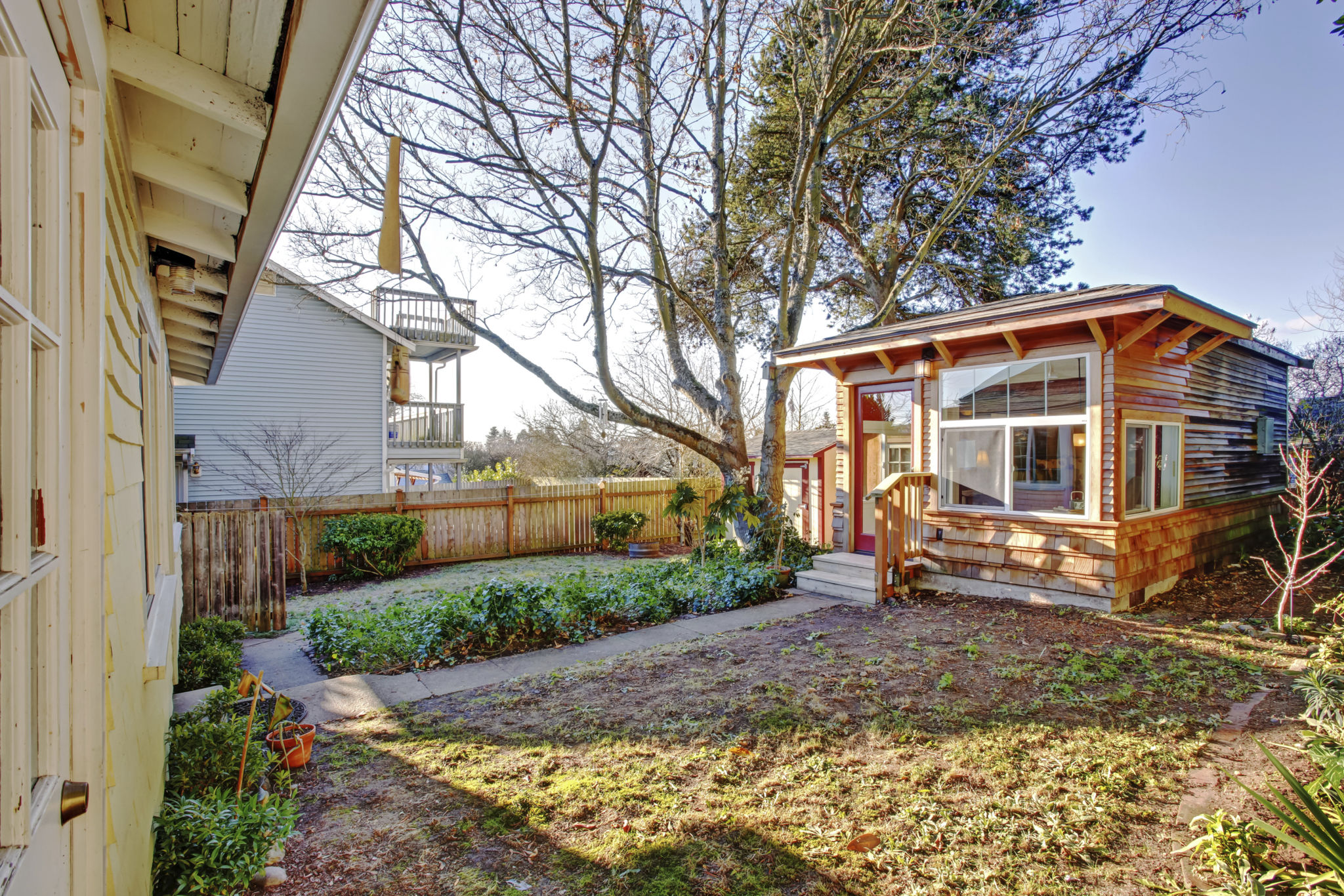Comparing ADU vs. Traditional Home Additions: Which is Right for You?
Understanding ADUs and Traditional Home Additions
As homeowners seek to maximize their living space, two popular options often come into consideration: Accessory Dwelling Units (*ADUs*) and traditional home additions. Each offers unique benefits and challenges, and the right choice depends on your specific needs, budget, and property constraints. This article will help you weigh the pros and cons of each option.

What is an ADU?
An *Accessory Dwelling Unit* (ADU) is a secondary housing unit on a single-family residential lot. These units, which can be attached or detached, provide an additional living space that is self-contained, with a kitchen, bathroom, and sleeping area. ADUs are often used for rental income, housing family members, or as a private guest suite.
Benefits of ADUs
ADUs offer several advantages. One of the most significant is the potential for rental income. Renting out your ADU can provide a steady stream of revenue. Additionally, ADUs can increase property value and offer flexible living arrangements, accommodating multi-generational families or providing private spaces for guests.

Traditional Home Additions
Traditional home additions involve expanding the existing structure of a home. This can include building new rooms, extending existing spaces, or adding another level. These additions are typically integrated into the main home, offering a seamless transition between old and new spaces.
Advantages of Traditional Home Additions
One of the primary benefits of a traditional home addition is the ability to customize and expand your living space according to your specific needs. Whether it's a larger kitchen, an additional bedroom, or a new family room, traditional additions enhance the existing home environment. They also tend to blend aesthetically with the home's existing architecture.

Comparing Costs and Regulations
When deciding between an ADU and a traditional home addition, cost is a significant factor. Generally, ADUs are less expensive to build than traditional additions, as they are typically smaller and require fewer resources. However, both options can vary significantly in cost depending on size, materials, and location.
Additionally, it's crucial to consider local zoning laws and regulations. ADUs often have specific requirements and restrictions, such as size limits and parking regulations. Traditional home additions may also face zoning challenges, especially if they involve significant alterations to the existing structure.
Which Option is Right for You?
The decision between an ADU and a traditional home addition ultimately depends on your goals and circumstances. If you seek additional income and have the appropriate space, an ADU might be the best choice. If your priority is expanding your primary living space and maintaining a cohesive design, a traditional addition could be more appropriate.

Conclusion
Both ADUs and traditional home additions offer valuable ways to enhance your property. By carefully considering your needs, budget, and local regulations, you can make an informed decision that maximizes the value and functionality of your home. Whether you choose an ADU or a traditional addition, both options can significantly improve your living space and lifestyle.
